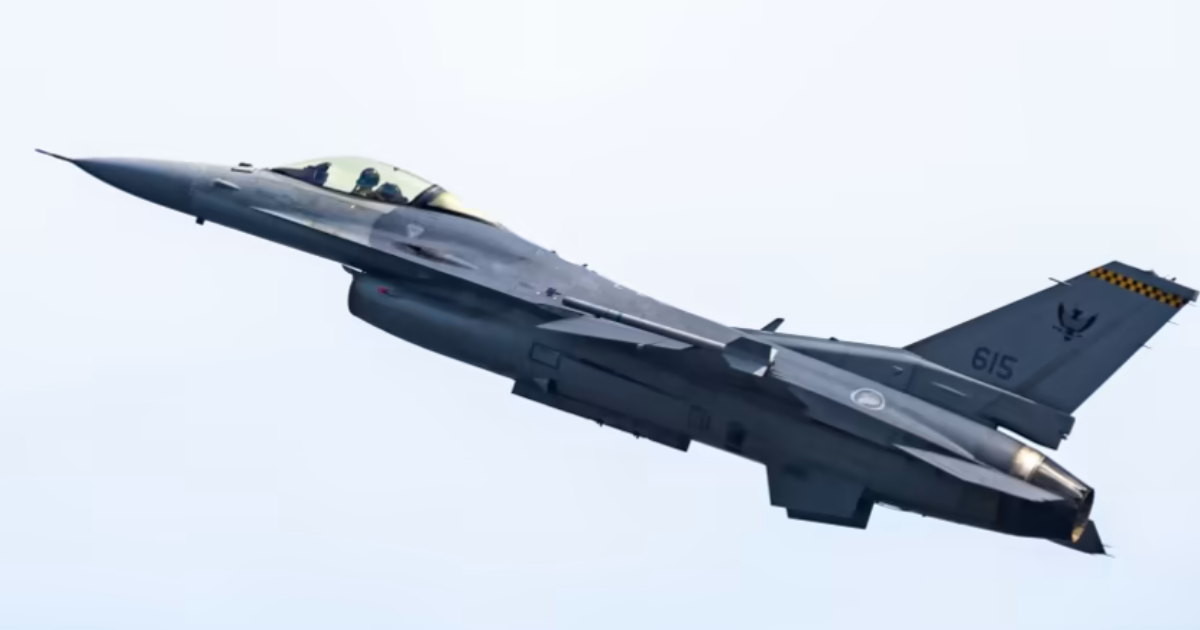Advertisements
On 8 May 2024, an F-16 fighter jet crashed at Tengah Air Base, leaving many of us wondering what went wrong.
The Ministry of Defence (MINDEF) has recently concluded its investigation, shedding light on the root cause.
The investigation was led by the RSAF and supported by Lockheed Martin and the Transport Safety Investigation Bureau, and reviewed data downloaded from the Flight Data Recorder and the Digital Flight Control Computer of the F-16.
Here’s what we know so far.
What Happened?
Did you know, our ears serve a deeper function than just to hear? It is also crucial for our sense of balance.
The TL;DR is that inside your inner ear, there’s a special system called the vestibular system, or the organ of balance, and it keeps track of your movements and sends this information to your brain.
In a similar vein, jets also have an “inner ear” that serves a similar function: the pitch rate gyroscope.


During take-off, the pilot reportedly lost control of the aircraft due to a malfunction in its pitch rate gyroscopes, which are sensors used by the flight control computer to manage the plane’s movements. All F-16 fighter jets are fitted with four of these gyroscopes.
On that fateful day, two of the four gyroscopes in the F-16 reportedly failed and provided incorrect data to the flight control computer.
The computer, misled by the faulty inputs, disregarded the data from the remaining two functioning gyroscopes. This caused the aircraft to behave erratically, leading to the pilot’s loss of control.


Following protocol, the pilot attempted to manage the situation but quickly realised that the plane was uncontrollable. Following emergency procedures, he made a swift decision to eject safely within Tengah Air Base and was promptly evacuated to the hospital.
Lockheed Martin stated that this type of failure is rare and is the first reported incident of its kind since the F-16s began flying in 1974.
How did the gyroscopes fail to begin with?
The investigation revealed that the pitch rate gyroscopes were degraded due to wear and tear over time, compromising their accuracy.
Interestingly though, these gyroscopes only get replaced when a fault is detected, and no such fault was apparent during the pre-flight checks and established maintenance protocols. The gyroscopes in RSAF’s F-16s are also the same as those used in other F-16 jets around the world.
“Lockheed Martin does not stipulate any preventive maintenance for these gyroscopes,” MINDEF further clarified.
Advertisements
New Preventive Measures
In light of this incident, MINDEF has decided to up its game in maintenance checks.
Now, RSAF engineers will periodically remove and test the gyroscopes using specialised equipment, giving more opportunities to spot early signs of wear and tear, allowing for preemptive replacements before failures can occur.
Before resuming F-16 flights on 21 May 2024, the RSAF checked and cleared the flight control gyroscopes on each of its aircraft.
With around 3,100 F-16s operating in 25 countries and logging over 19 million flight hours, the F-16 has a solid reputation for reliability. MINDEF stated that they are confident in the operational capability of these jets to defend Singapore’s skies.
“The RSAF will continue to ensure the highest standards of maintenance for the airworthiness of every aircraft,” MINDEF concluded.
Advertisements
Over in TikTok, there’s a drama involving property agents that’s caused by us. Here’s what happened:


Read Also:
Advertisements

